May 20, 2025 | 21:03 GMT +7
May 20, 2025 | 21:03 GMT +7
Hotline: 0913.378.918
May 20, 2025 | 21:03 GMT +7
Hotline: 0913.378.918
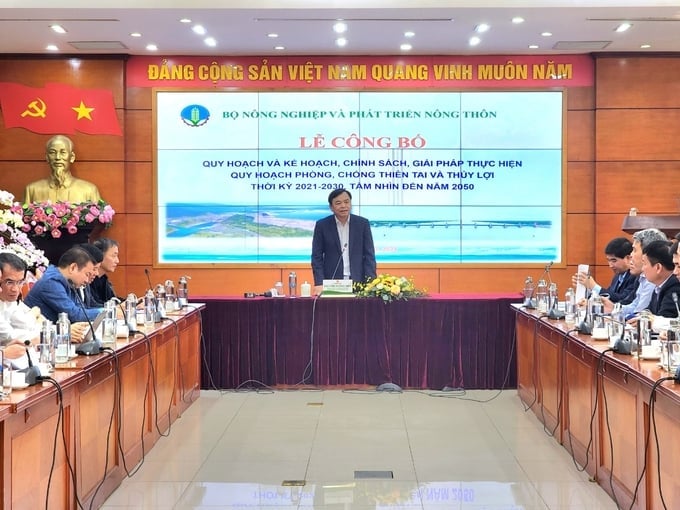
The Ministry of Agriculture and Rural Development announces the Planning and Plan, policies, and solutions for implementing the National Disaster Prevention and Water Resources Planning for the period 2021-2030, with a vision to 2050. Photo: Quang Dung.
The scope of the Planning includes the entire mainland area and inhabited island districts with strategic significance for national security, such as: Van Don, Cat Ba, Bach Long Vi, Phu Quy, Ly Son, Phu Quoc, Con Dao.
Deputy Minister of Agriculture and Rural Development Nguyen Hoang Hiep remarked that this is a significant planning effort with a considerable impact on the country's water resources management, and disaster prevention and mitigation. The planning addresses various new perspectives, development orientations, and aspects previously lacking or insufficiently addressed in previous disaster prevention and water resources planning, with an emphasis on the current context and future challenges.
"This is the first sectoral planning to be developed on a nationwide scale in accordance with the Law on Planning. The planning was established with the national planning system in mind, and a focus on long-term vision and direction, as well as addressing inter-regional and inter-provincial issues and challenges. The planning will serve as the basis for the formulation of technical, specialized plans for water resources management, disaster prevention, and provincial planning."
The planning also details measures to implement Conclusion No. 36 issued by the Politburo on ensuring water security and dam safety until 2030, with a vision towards 2045, and Resolution of the 13th National Party Congress. Consequently, the planning will contribute to the the country's "fast and sustainable" development goals. It emphasizes proactive adaptation to climate change, effective disaster prevention and mitigation, as well as rational, efficient, and sustainable management, exploitation, and utilization of resources.
Deputy Minister Nguyen Hoang Hiep highlighted the plan's key features, including the proposed water resources infrastructure and disaster prevention projects, which are integrated and aligned with existing transportation and other infrastructure projects. As a result, the planning will allow stakeholders to ensure water security, and contribute to the country's rapid and sustainable development.
The planning proposes the construction of water connection, regulation, linkage, and transfer projects to establish a network connecting water sources inter-provincially, inter-regionally, and across river basins.
All proposed projects and initiatives in the planning are designed to address existing challenges and threats to water resources management and disaster prevention, with a vision towards 2050, including national water security, climate change, extreme weather events, upstream development activities leading to water shortages, droughts, saltwater intrusion during dry seasons, sediment reduction affecting local community's livelihoods, among others.
Priority is given to digital technology solutions, digital infrastructure, the adoption of scientific and technological advancements in guiding, managing, operating, and exploiting water resources infrastructure, disaster prevention and mitigation. Enhancing monitoring and early warning systems for floods, flash floods, landslides, inundation, droughts, water shortages, and saltwater intrusion is crucial to achieving the goals of the planning, protecting local production, livelihoods, and socio-economic development.
The proposed projects and initiatives in the planning also focus on environmental protection, water pollution remediation, protection of water environments, water quality control, and pollution management in water resources infrastructure systems.

Eight large reservoirs in the North Central and South Central regions will be upgraded, with a total increased capacity of 360 million cubic meters. Photo: Quang Dung.
The national disaster prevention and water resources planning sets the goal of supporting irrigation, water supply and drainage for agriculture, livelihoods, and economic sectors; enhancing the capacity for proactive disaster prevention, minimizing damages caused by disasters; fulfilling the requirements of sustainable socio-economic development, environmental protection; adapting to climate change and the development of upstream countries.
According to the planning, Vietnam aims to, by 2030, irrigate and supply water for 3.2 million hectares of rice fields, at least 70% to 90% of dry crop, fruit tree, industrial crop, and vegetable production areas; supply enough water for the production of 10.5 million livestock, poultry, etc.; supply enough water for rural living, livestock farming, aquaculture; create sources of water supply for urban areas, industrial production, and other needs.
On the other hand, the planning emphasizes the importance of protecting water quality in water resources infrastructure, and proactively responding to droughts and water shortages. In addition, the upgrading of eight large reservoirs with a total increased capacity of 360 million cubic meters in the North Central and South Central regions will be implemented.
The planning also outlines various solutions to enhance the prevention and control of flood, landslide, and other types of disasters. Some notable examples include: upgrading the river dike systems; dredging and renovating river mouths; strengthening and upgrading coastal dike systems to meet current coastal dike design standards; constructing and reinforcing coastal erosion prevention systems to protect territories; and so on.
Priority projects will be separated into three phases with a total investment of 489 trillion Vietnamese dong. Additionally, priority will be given to the construction of new large reservoirs and increasing the capacity of existing large reservoirs until 2030. The upgrading of major water resources and key infrastructure will be managed by the Ministry of Agriculture and Rural Development. Moreover, the planning prioritizes construction projects to remedy low water levels in the Red River, Ma River, Ca River basins; upgrading river dikes, coastal dikes, and disaster prevention and control infrastructure.
Translated by Nguyen Hai Long

(VAN) Dong Thap farmers attained an average profit margin of 64% during the summer-autumn 2024 crop (first season), while An Giang and Kien Giang farmers followed with 56% and 54%, respectively.

(VAN) As a doctoral student doing research on renewable energy and electrification at Harvard University, the author shares his musings on electricity, nature, and countryside memories.
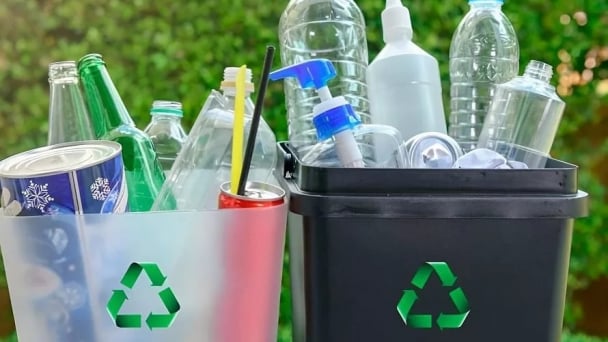
(VAN) The decree on Extended Producer Responsibility (EPR) ensures transparent management and disbursement of support funds, avoiding the creation of a “give-and-take” mechanism.
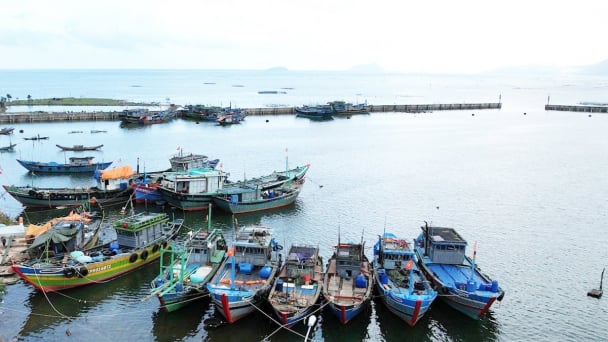
(VAN) Hue City rigorously enforces regulations regarding marine fishing and resource exploitation, with a particular emphasis on the monitoring of fishing vessels to prevent illegal, unreported, and unregulated (IUU) fishing.

(VAN) Hanoi People's Committee has issued a plan on reducing greenhouse gas emissions in the waste management sector with 2030 vision.
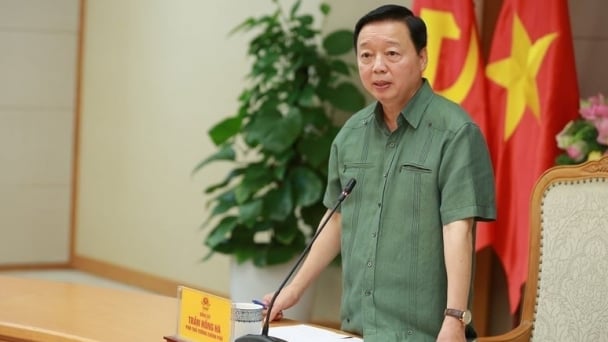
(VAN) Vietnam's draft amendment to Decree No. 156 proposes a mechanism for medicinal herb farming under forest canopies, linking economic development to population retention and the sustainable protection and development of forests.
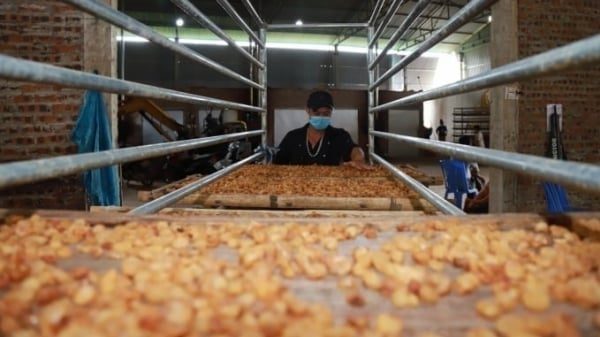
(VAN) In reality, many craft village models combined with tourism in Son La have proven effective, bringing significant economic benefits to rural communities.